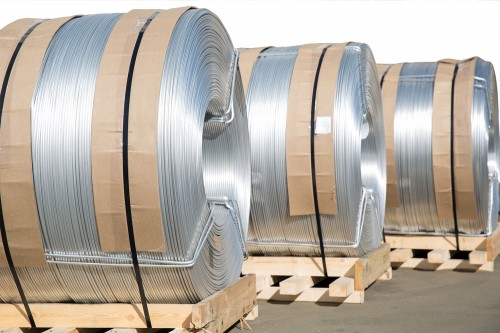Scientists have been able to demonstrate that treating molten metal with ultrasonic waves is a cleaner, greener and more efficient method for producing high quality castings.

[Translation by Dr. Nachmani Moshe]
Treatment of molten metal with ultrasonic waves is a cleaner, greener and more efficient method for producing high quality castings. Aluminum alloys melted at a temperature of 700 degrees Celsius normally contain a high percentage of dissolved hydrogen which, if not treated, causes the solid metal to be very porous at the end of the process. The most common method of removing this hydrogen is through the flow of argon gas, but this method consumes a lot of energy and requires expensive components.
The researchers found, as part of preliminary experiments, that the use of ultrasonic waves is as effective as the usual method, and at the same time it produces less waste materials and is more environmentally friendly. The main researcher explains: "We know that the price of LPG continues to rise in light of the fact that its production requires the liquefaction of the air, a process that requires a lot of energy. In addition, problems may arise due to the use of graphite components - if they break during the process, the entire batch of the alloy becomes contaminated and can no longer be used.
"Our initial research, in which we used quantities of up to 150 kg of alloys, proved our early laboratory experiments and showed that a mobile ultrasonic device can produce the same results in terms of casting quality compared to the organization method, and at the same time it has advantages that are not established on fragile and expensive graphite components and valuable gas that cannot be recycled and reused.
"The waste reduction by five orders of magnitude is an additional benefit. Recycling the metal for reuse from the waste of the process is also an expensive process that requires a lot of energy." While the next goal of the researchers is to increase the scale of the process to the level of half a ton, the ultimate goal is to develop a cheap ultrasonic device that can be used even in the early stages of the production process, while melting the various metals.
"Economic incentives, for example the production of lighter-weight engines and vehicle chassis, give rise to process improvements to produce higher quality alloys at earlier stages of the process. "Ultrasonic therapy holds the promise of developing more efficient methods for removing gases, such as hydrogen gas, and we have already succeeded in advancing this goal."

One response
Pretty.